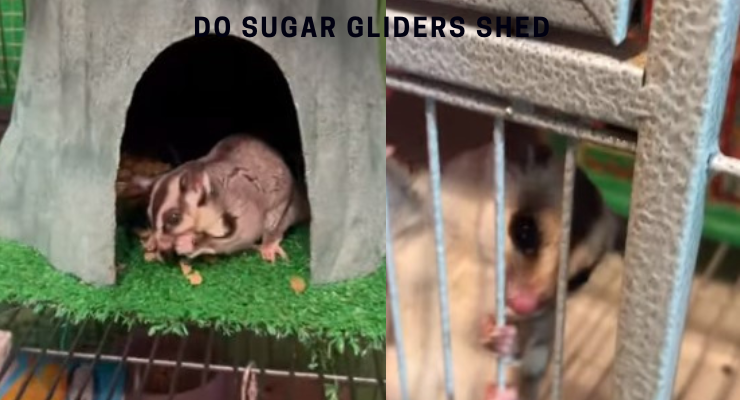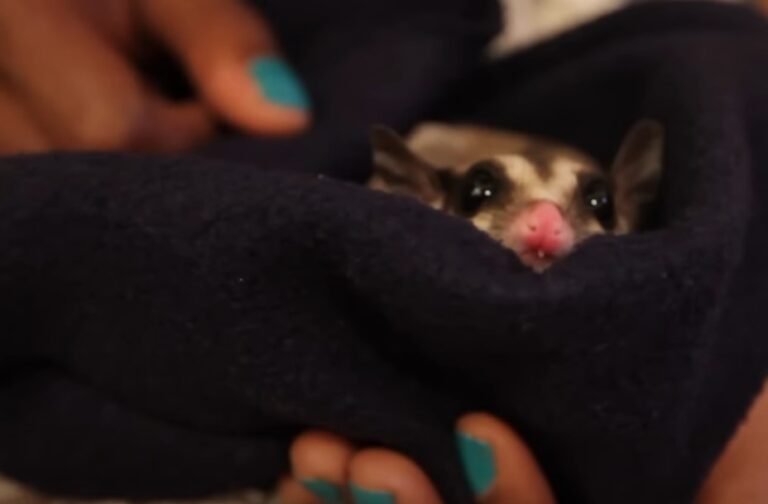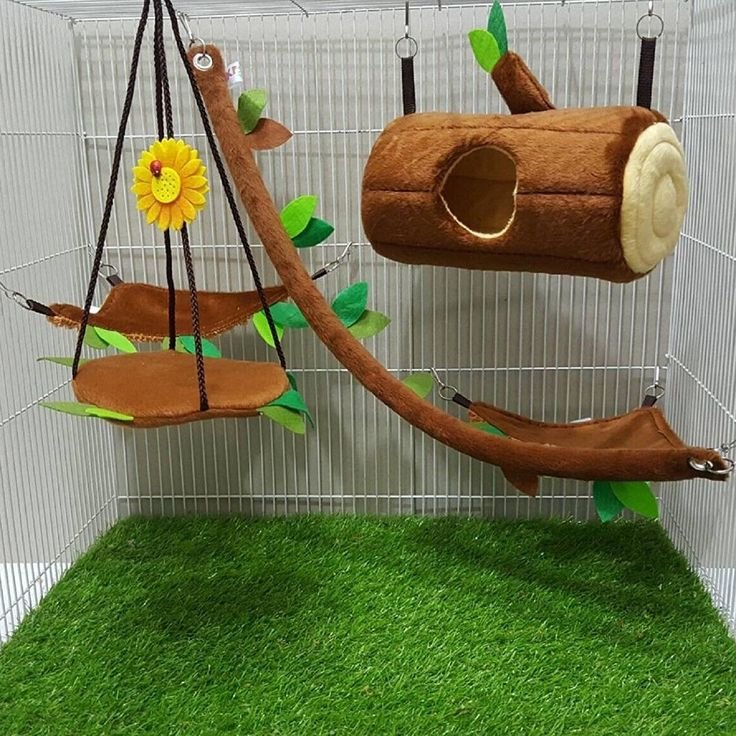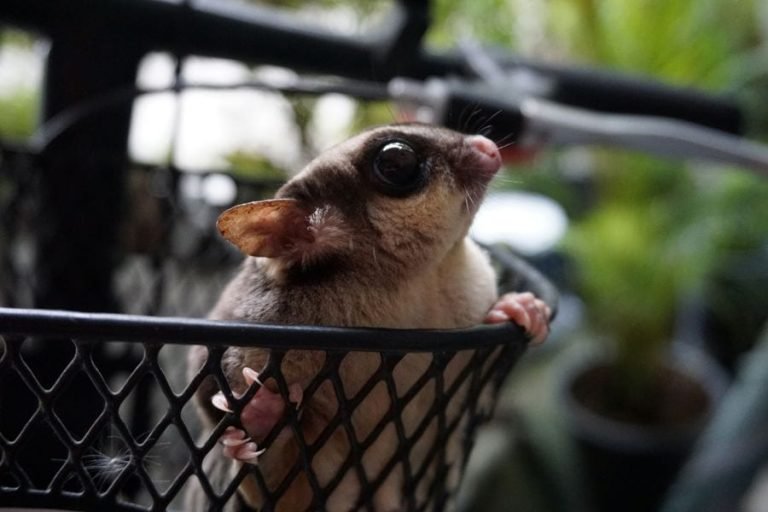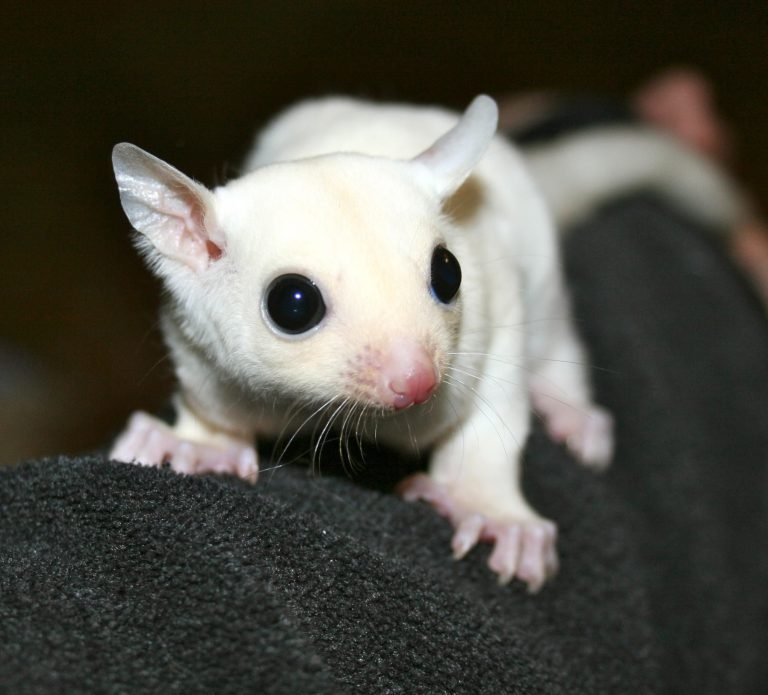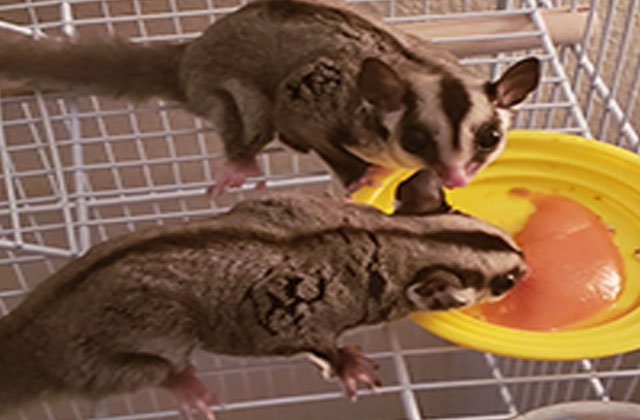Do Sugar Gliders Shed
Do Sugar Gliders Shed?
Do sugar gliders shed? The answer is yes, sugar gliders do shed. Just like many other animals, sugar gliders go through a shedding process to replace their old fur with new fur. Shedding is a normal and necessary part of their growth and development. In this article, we will explore the shedding process of sugar gliders and provide you with some useful information about how to help your furry friend during this time.
Understanding the Shedding Process
Reasons for Shedding
One of the main reasons sugar gliders shed is to replace damaged or old fur. Shedding allows for the growth of new fur that is healthier and more vibrant. Additionally, shedding can occur due to changes in seasons. Sugar gliders, like many animals, have different fur coats for different seasons. They shed their thicker winter coat in favor of a thinner summer coat during warmer months.
When Do Sugar Gliders Shed
Sugar gliders typically shed their fur every 4 to 6 months. The timing of their shedding may vary slightly depending on factors such as age, health, and environment. It is important to note that shedding can be a gradual process and may not occur all at once. You may notice small patches of fur being shed over a period of time.
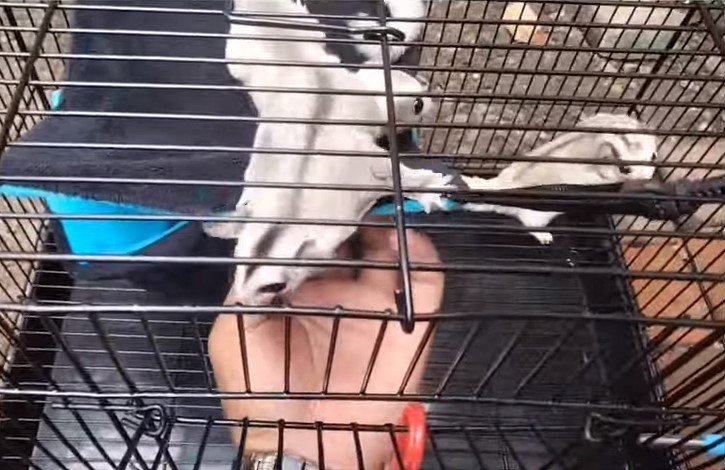
How Long Does Shedding Last
The shedding process can last anywhere from a few days to a few weeks. This may depend on the individual sugar glider and the extent of shedding. During this time, you may observe your glider grooming itself more often, which is a natural behavior to help remove loose fur.
Helping Your Sugar Glider During Shedding
Providing a Healthy Diet
A healthy diet plays a crucial role in maintaining the overall health and vitality of your sugar glider’s fur. Make sure to provide a balanced diet that includes a variety of fruits, vegetables, proteins, and supplements. This will help ensure that your glider has all the necessary nutrients for healthy fur growth.
Regular Brushing
Brushing your sugar glider’s fur regularly can help remove loose fur and prevent matting. Use a soft brush or comb specifically designed for small animals to gently brush through their fur. This not only helps with shedding but also strengthens the bond between you and your glider.
Provide a Comfortable Environment
Creating a comfortable environment for your sugar glider is essential during the shedding process. Maintain proper humidity levels, as dry air can contribute to dry skin and increased shedding. Provide your glider with a cozy nesting area where they can retreat to for comfort and security.
Stress Reduction
Stress can also contribute to excessive shedding in sugar gliders. Keep noise levels to a minimum and avoid sudden changes in their environment. Establish a routine and provide plenty of opportunities for social interaction, playtime, and mental stimulation.
Frequently Asked Questions
1. Can I help speed up the shedding process?
No, you cannot speed up the shedding process. It is a natural and gradual process that your sugar glider’s body goes through. Trying to force or accelerate shedding can cause stress and discomfort for your glider.
2. Is it normal for my sugar glider to eat its shed fur?
Yes, it is normal for sugar gliders to eat their shed fur. It helps them maintain their hygiene and prevents the spread of their scent, which can attract predators in the wild.
3. How can I tell if my sugar glider is shedding excessively?
If you notice large bald patches or excessive hair loss on your sugar glider, it may be a sign of an underlying health issue. Consult with a veterinarian to rule out any potential problems.
Final Thoughts
Shedding is a normal and necessary process for sugar gliders. By understanding the shedding process and providing your glider with a healthy diet, regular grooming, and a stress-free environment, you can effectively support them during this time. It is important to monitor your glider’s shedding patterns and seek veterinary attention if you notice any concerning signs. Remember, shedding is a natural part of their growth and development, so embrace it as a sign of a healthy sugar glider.

